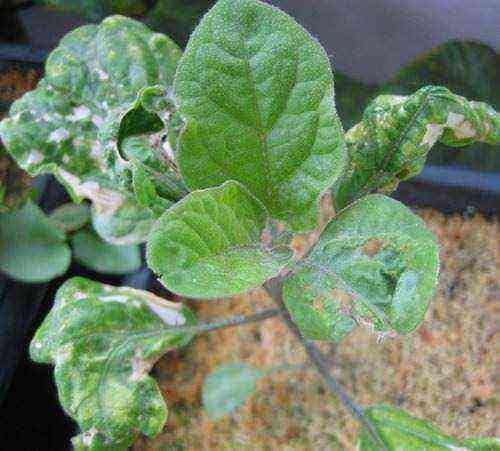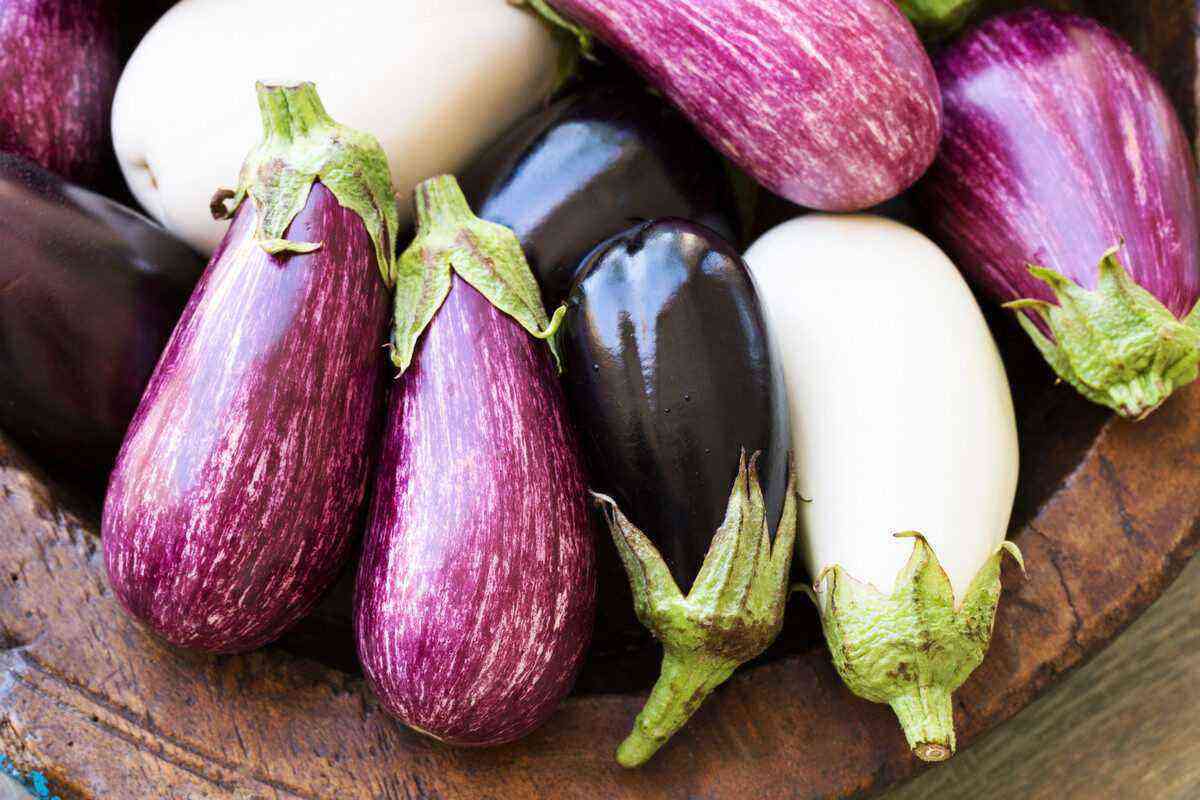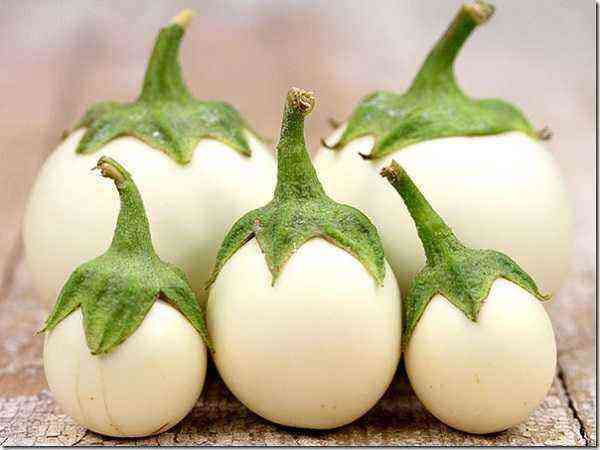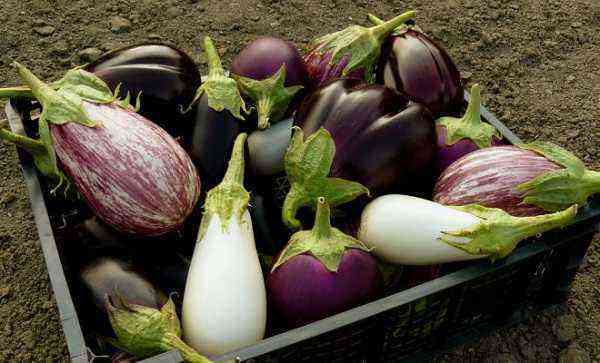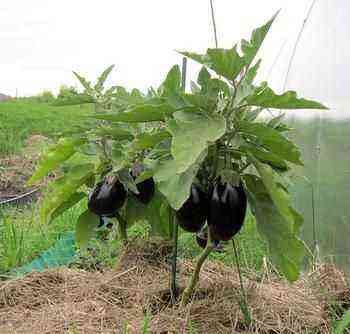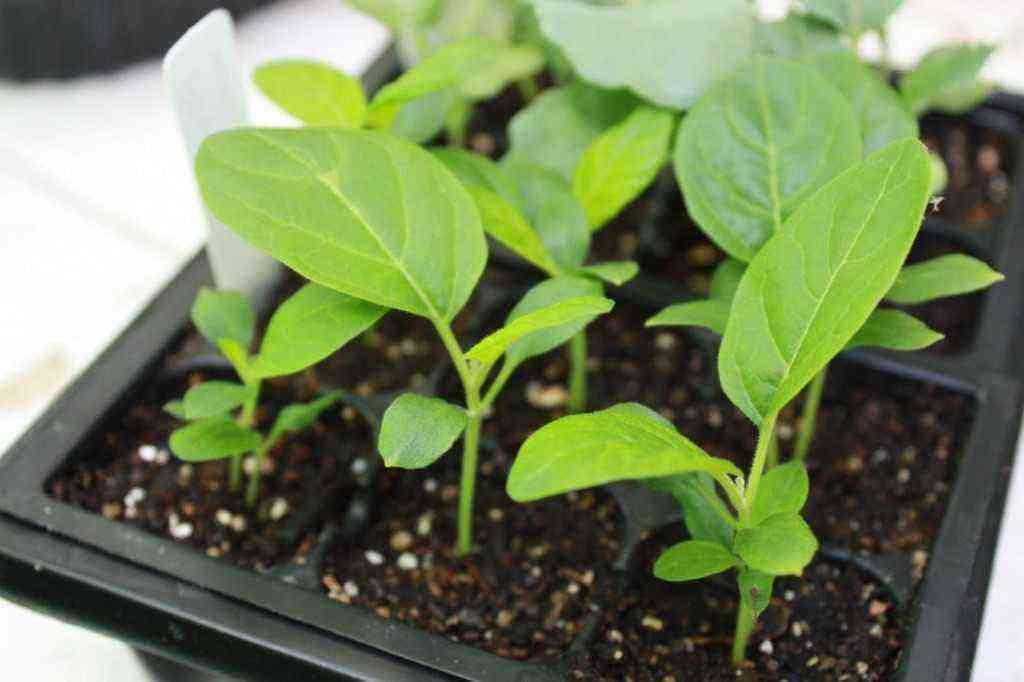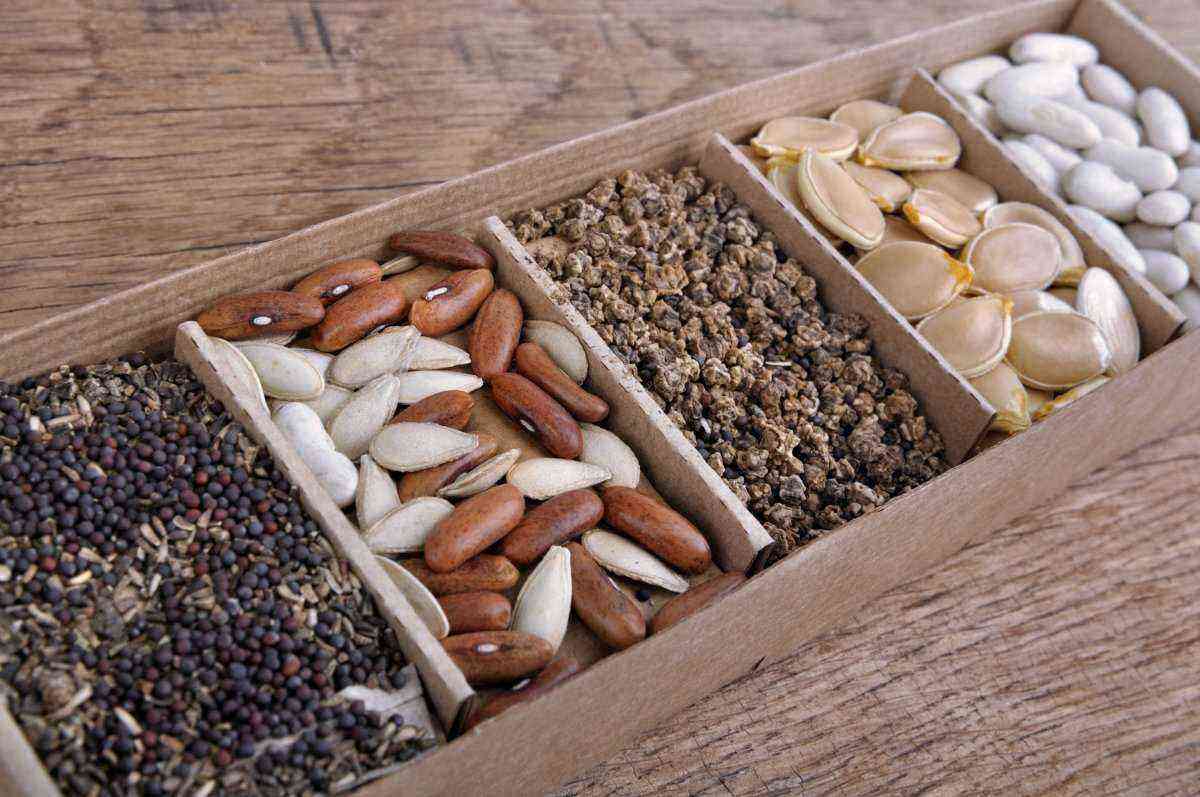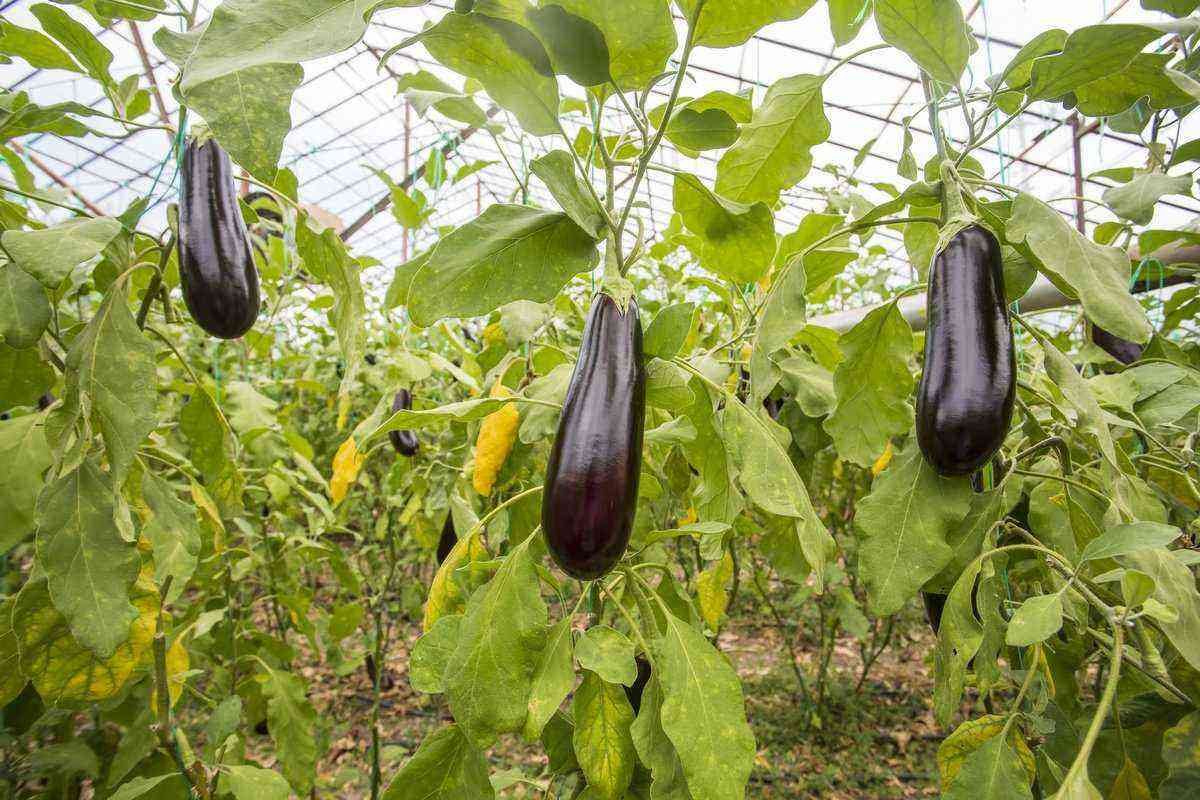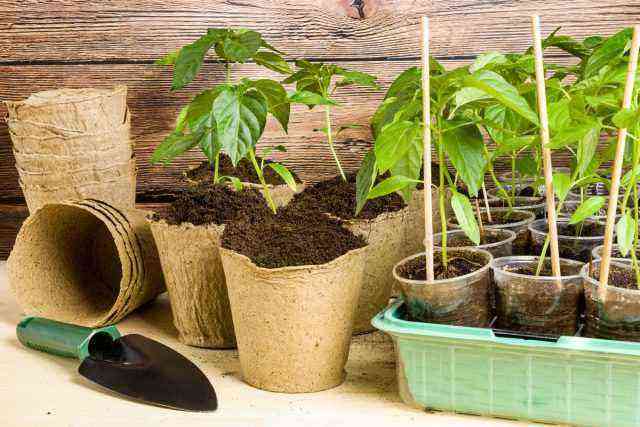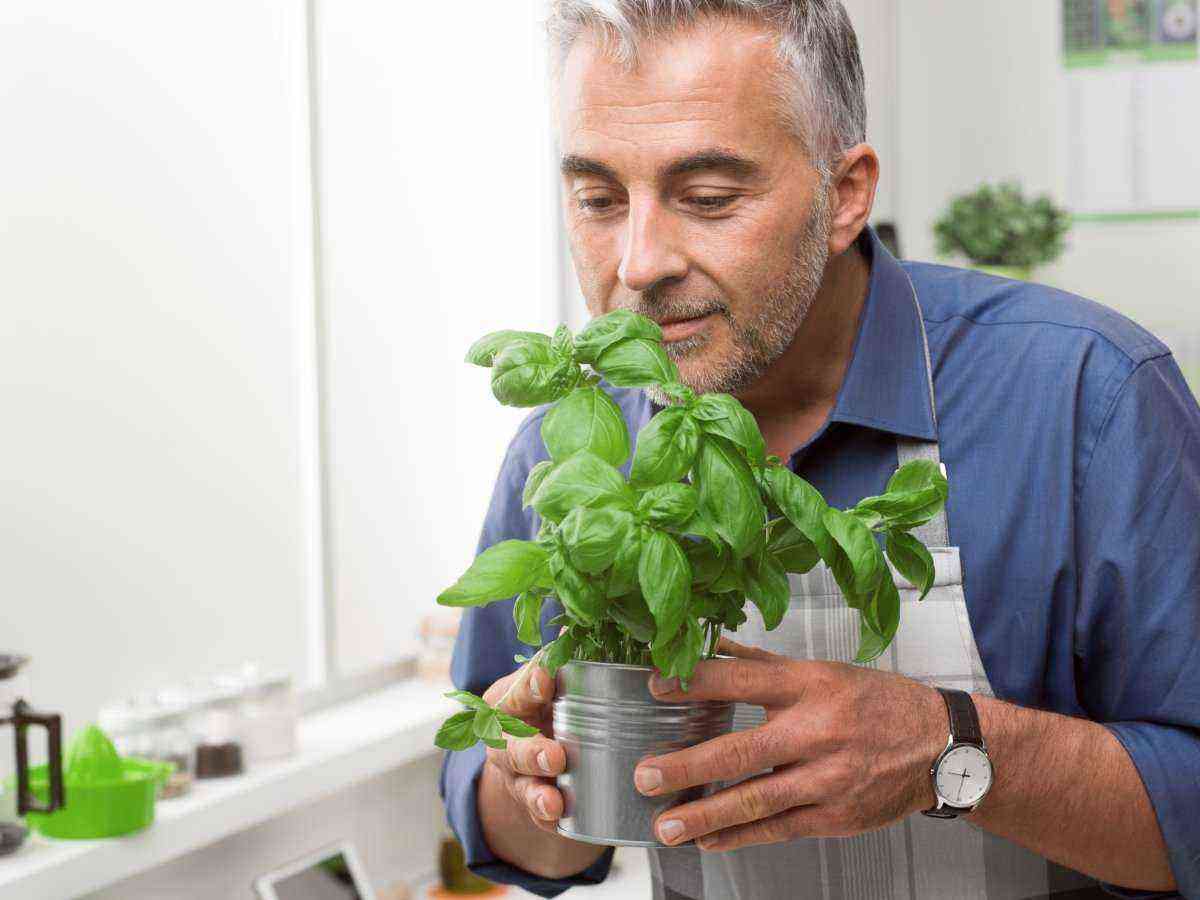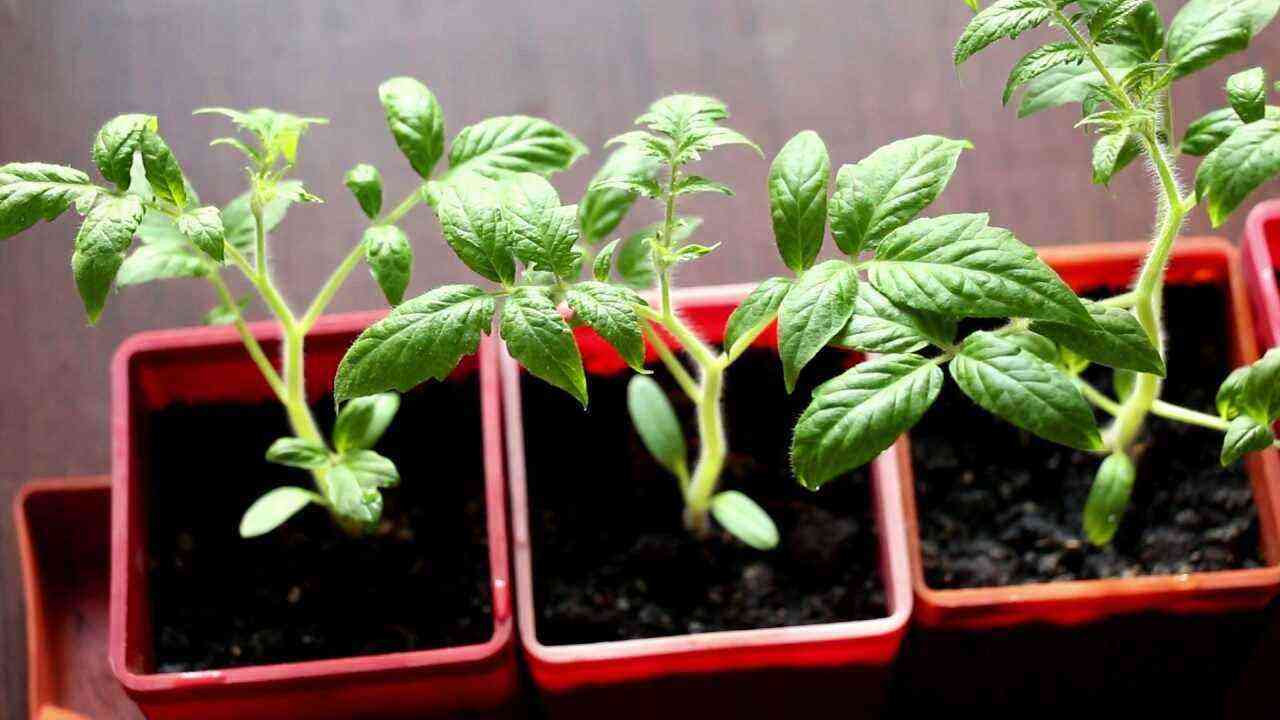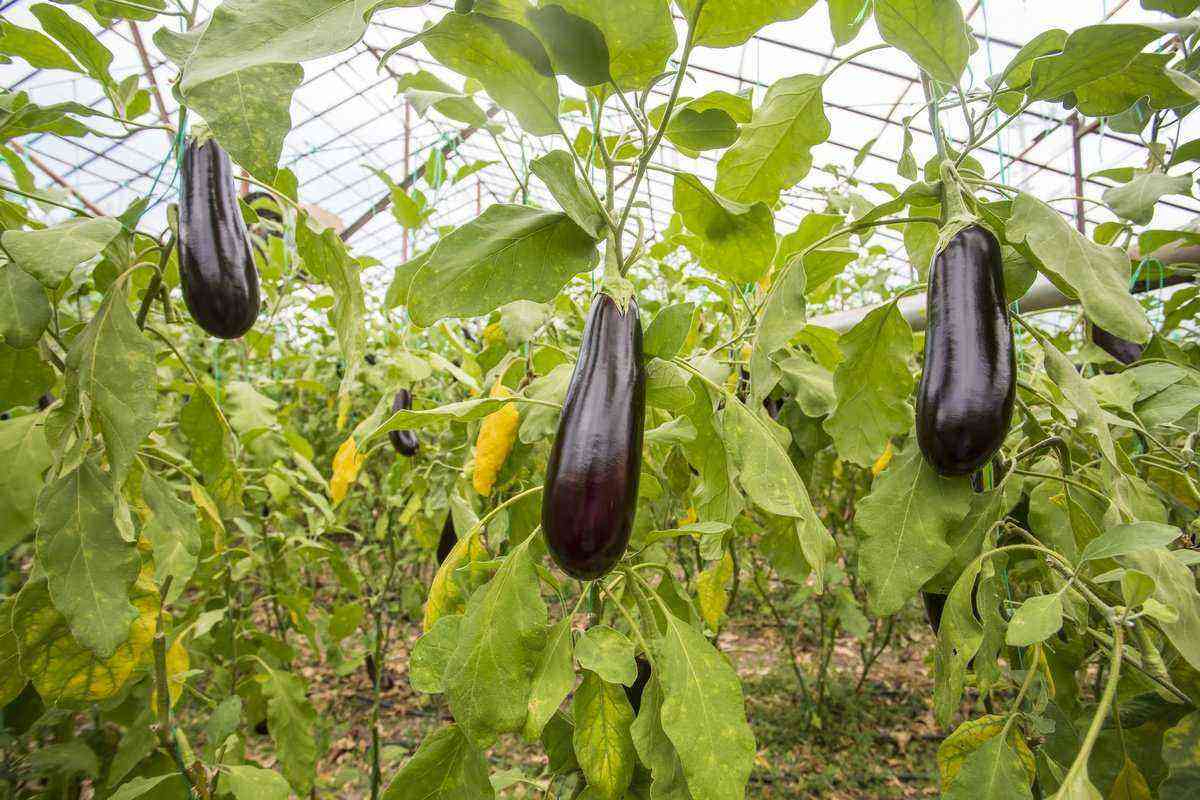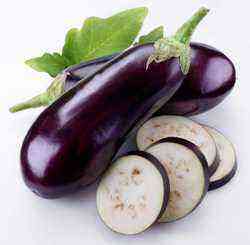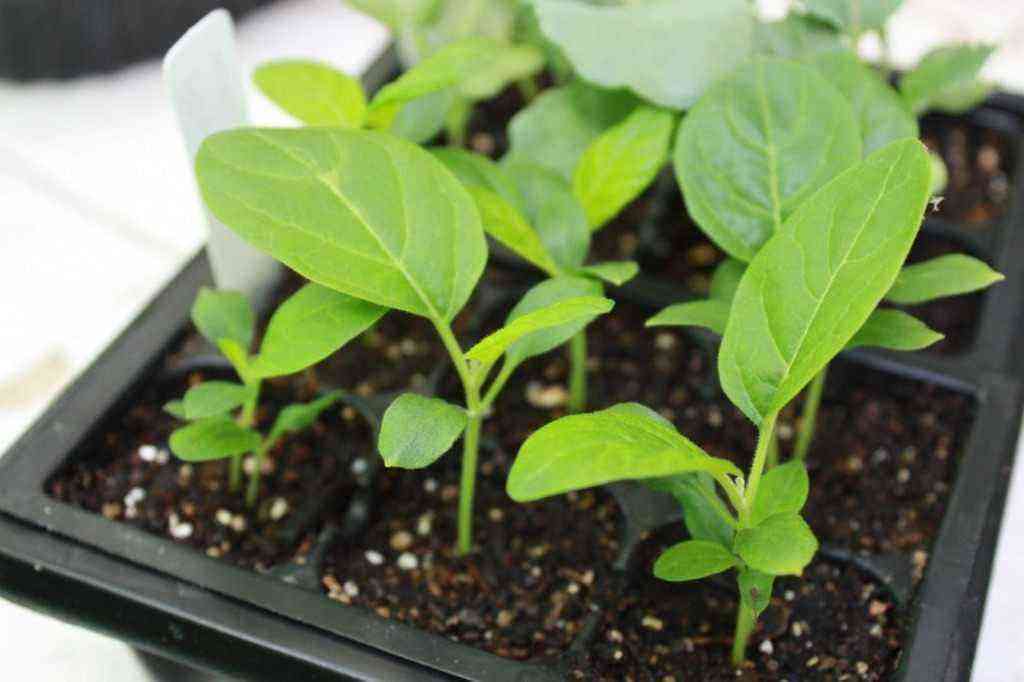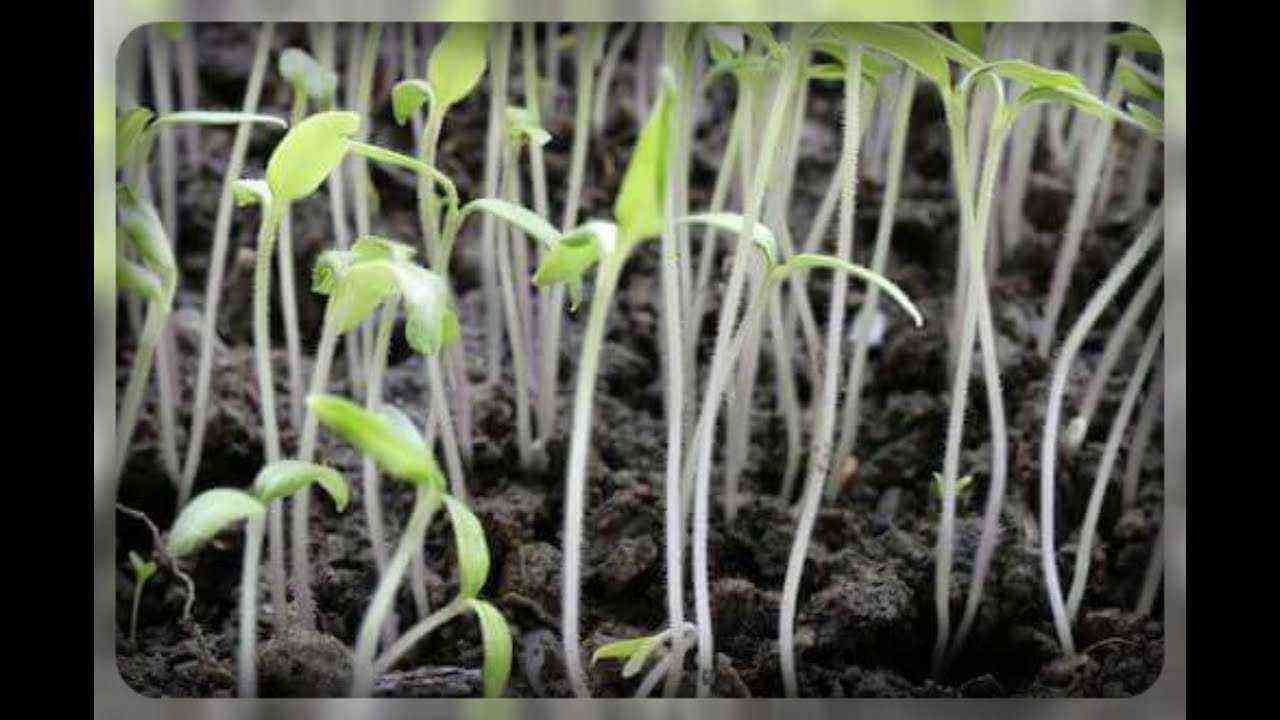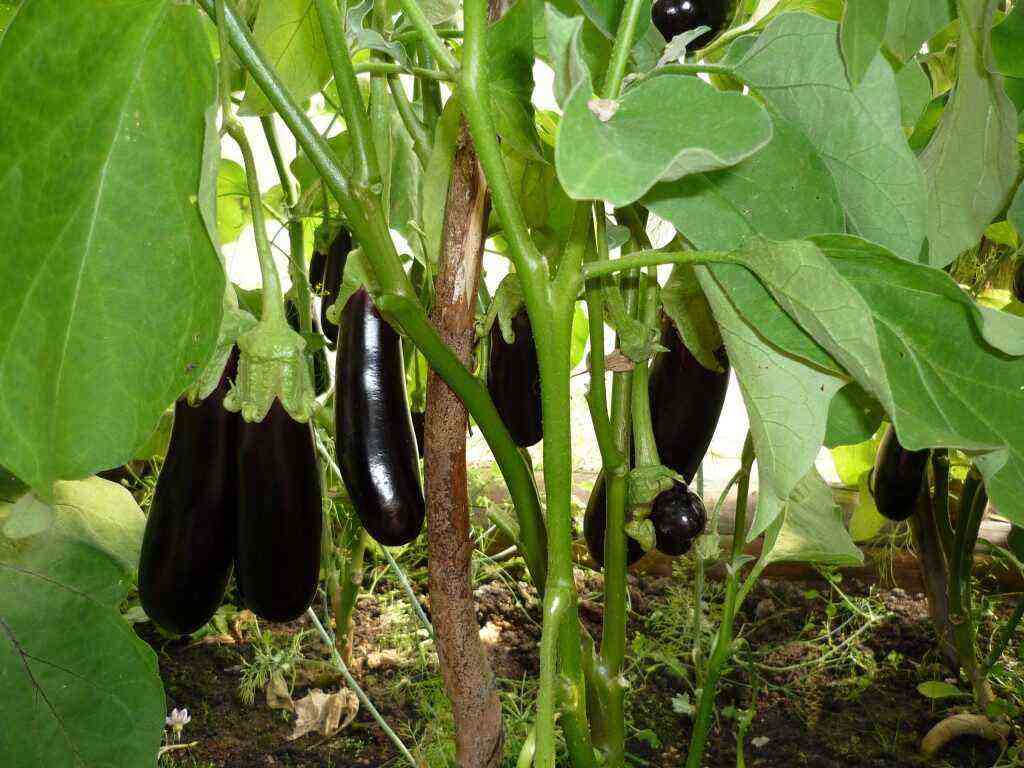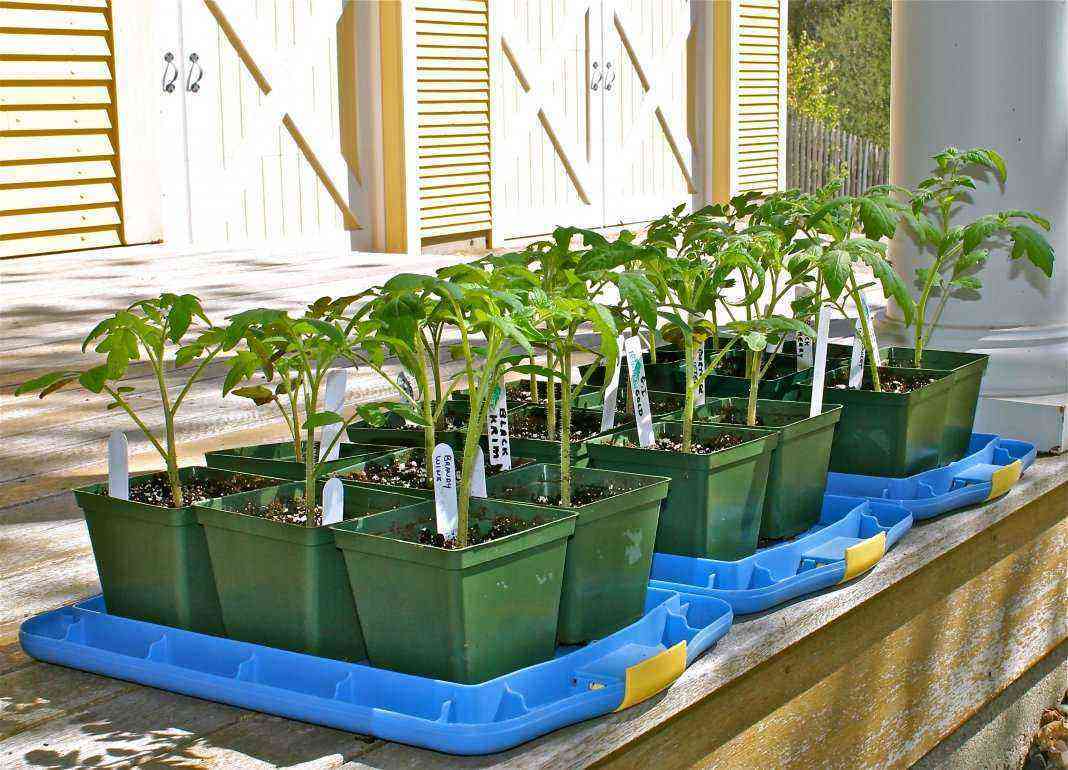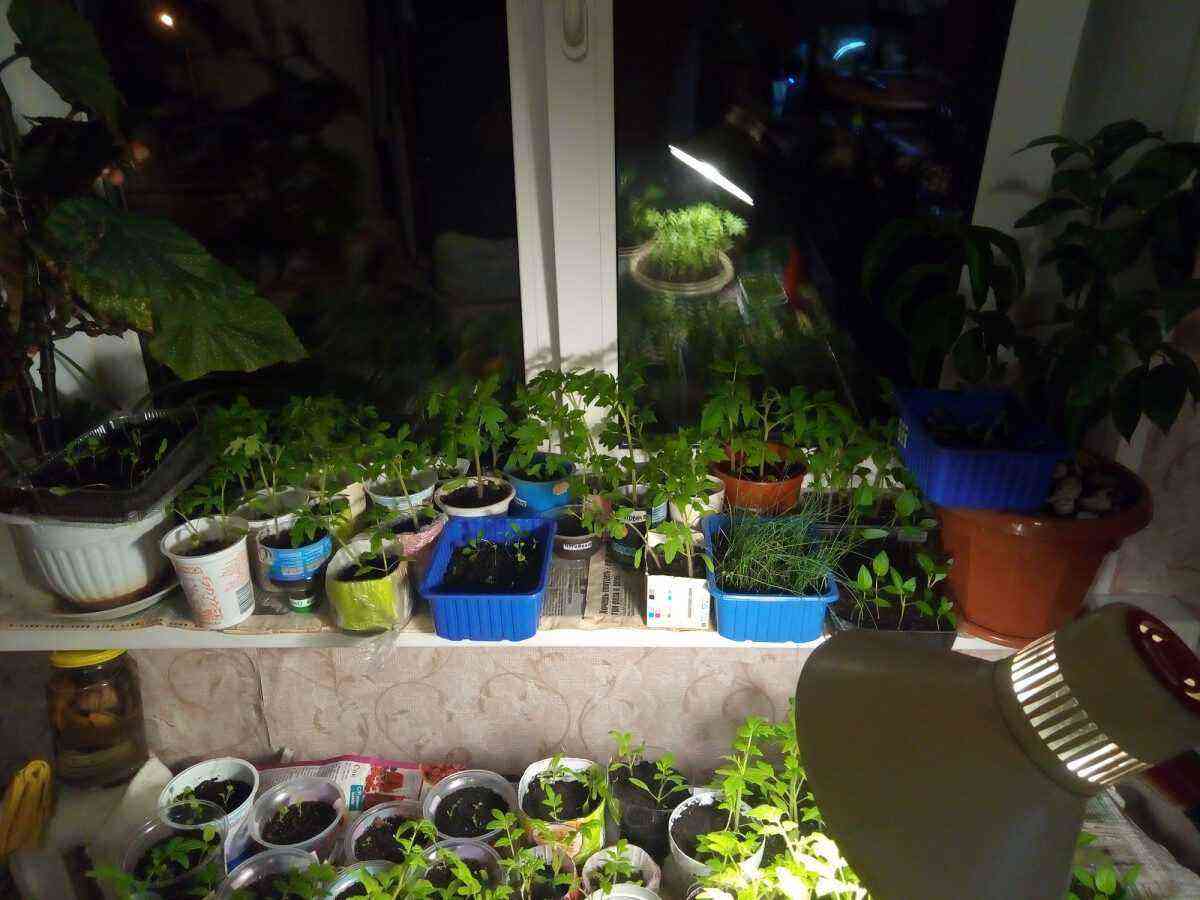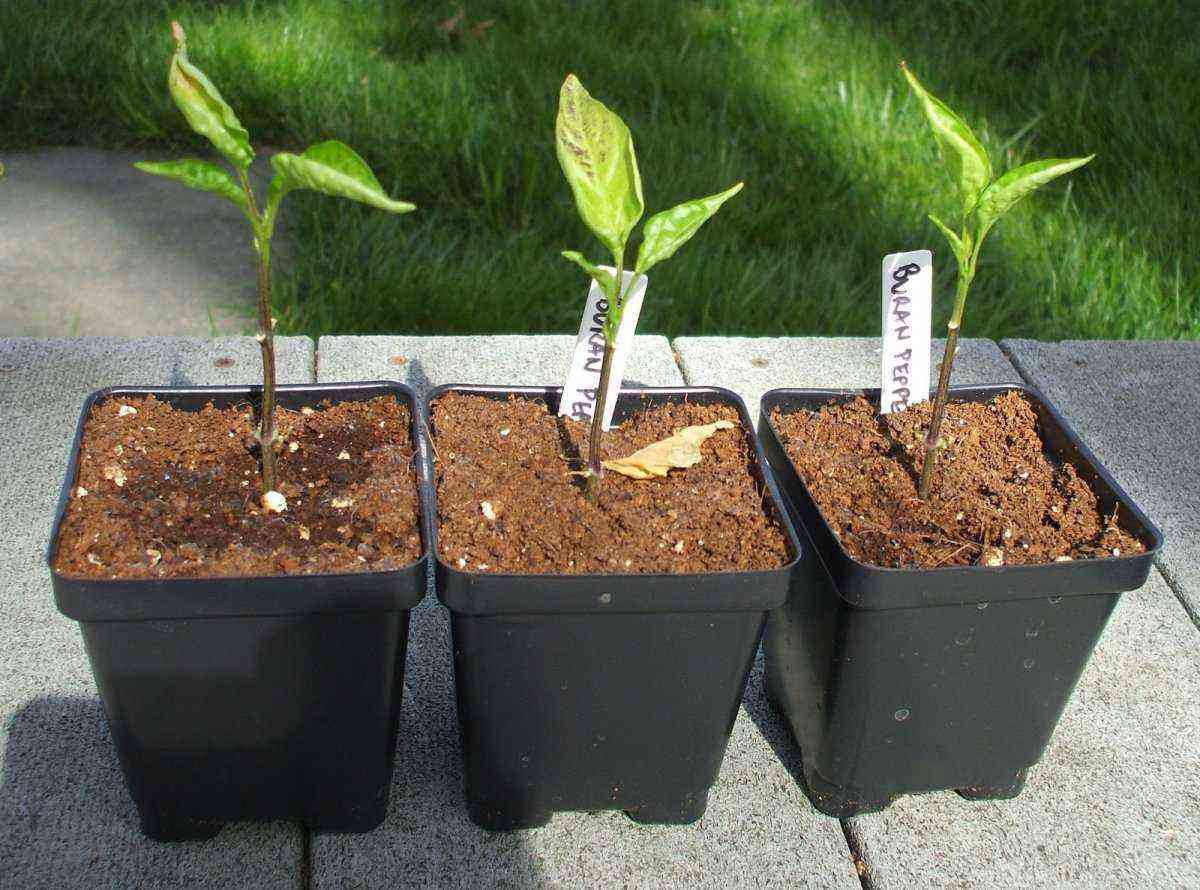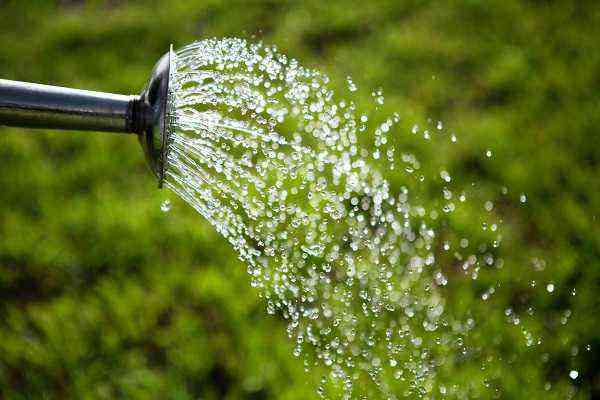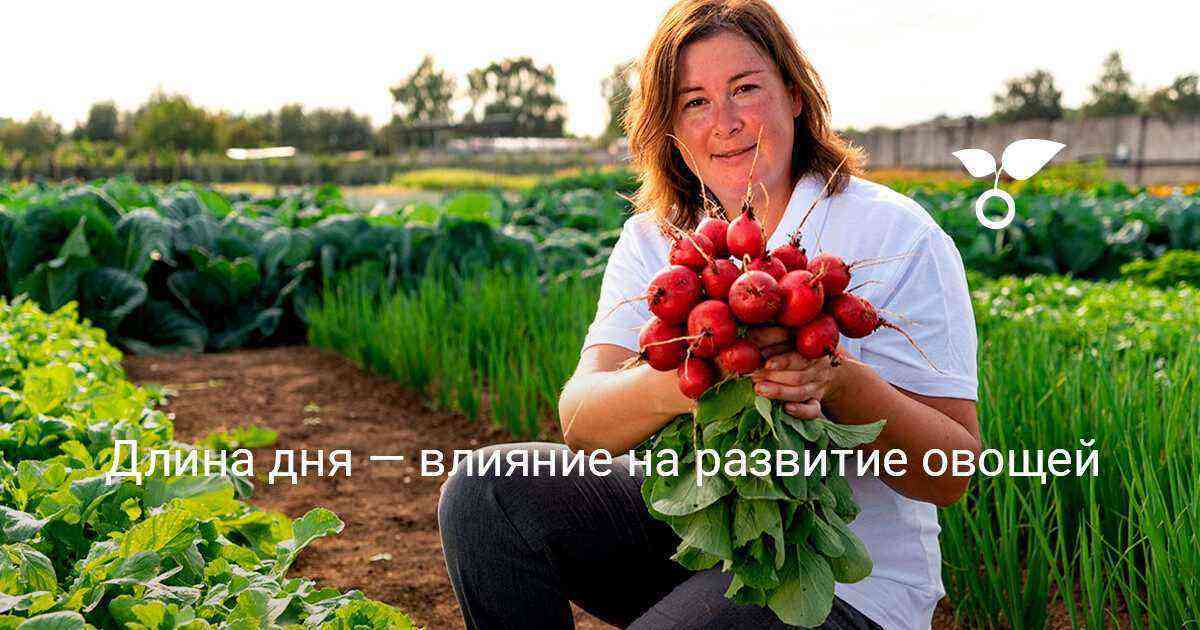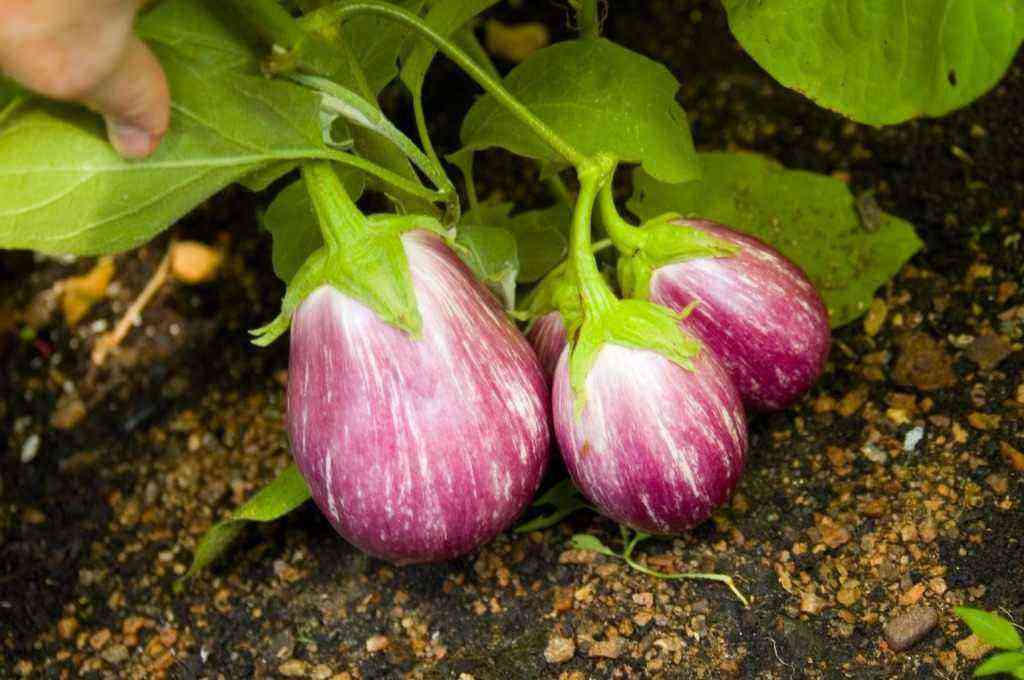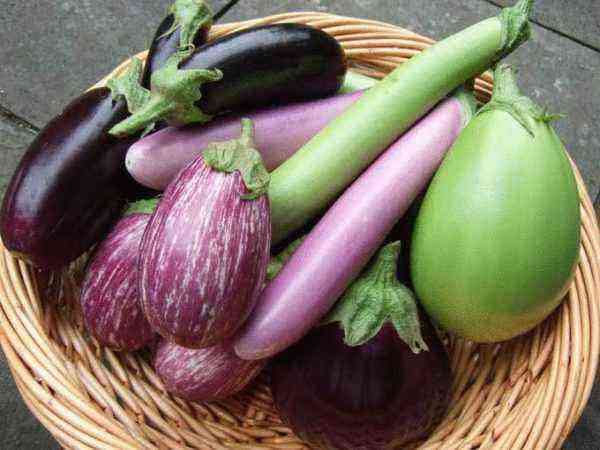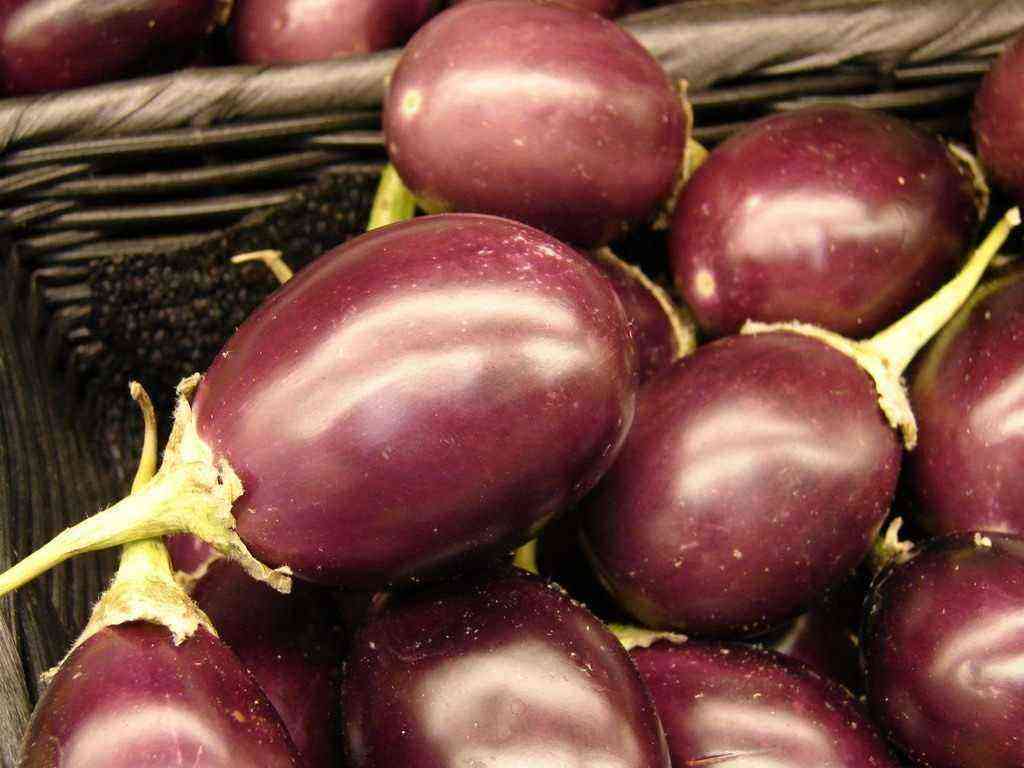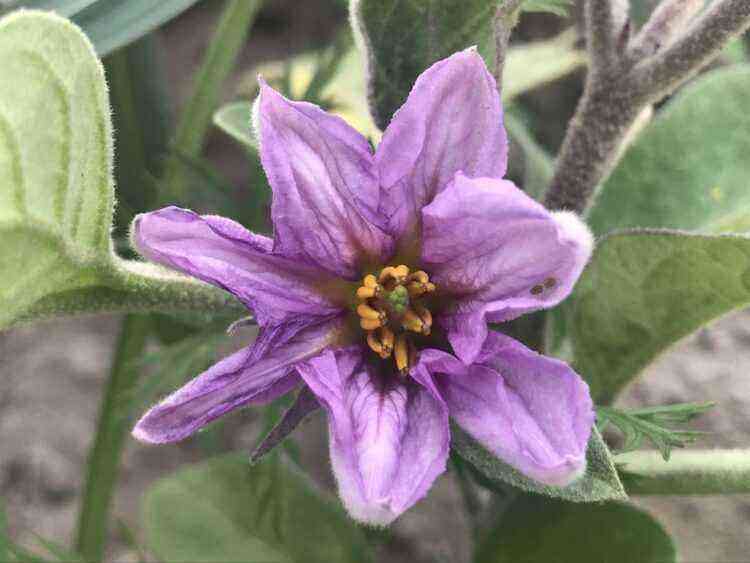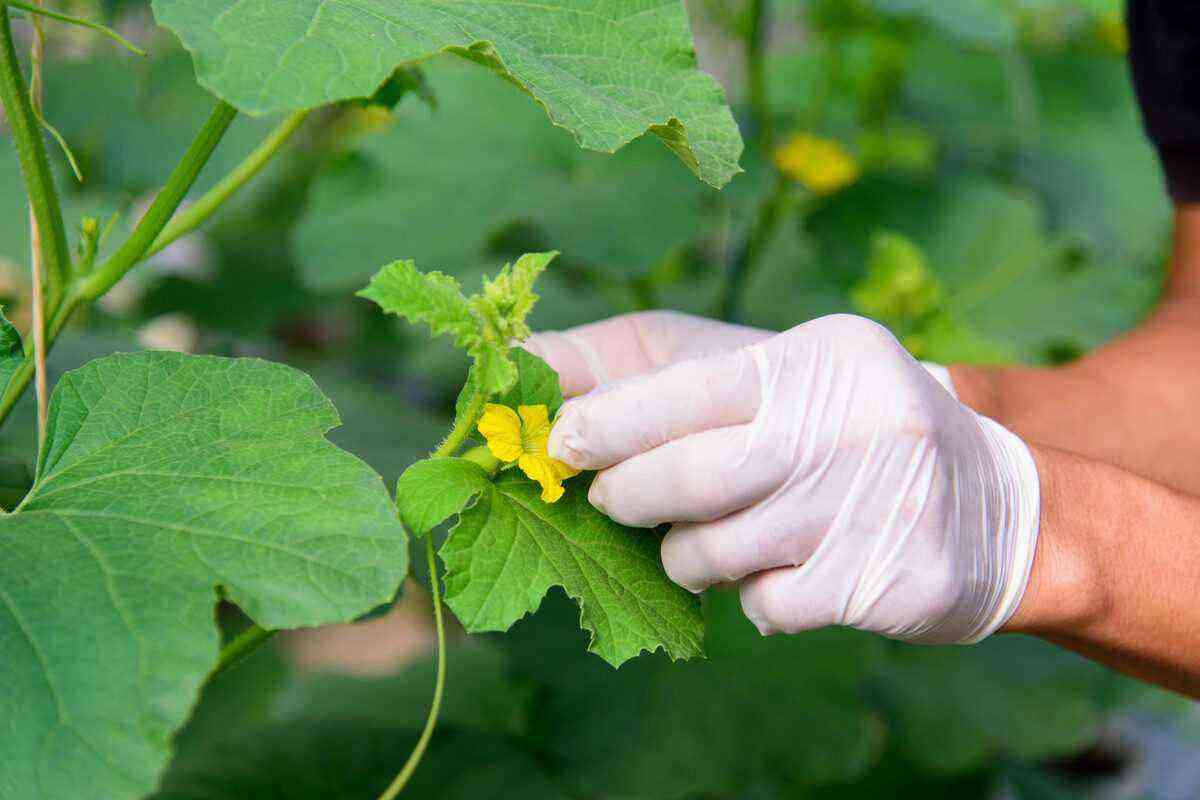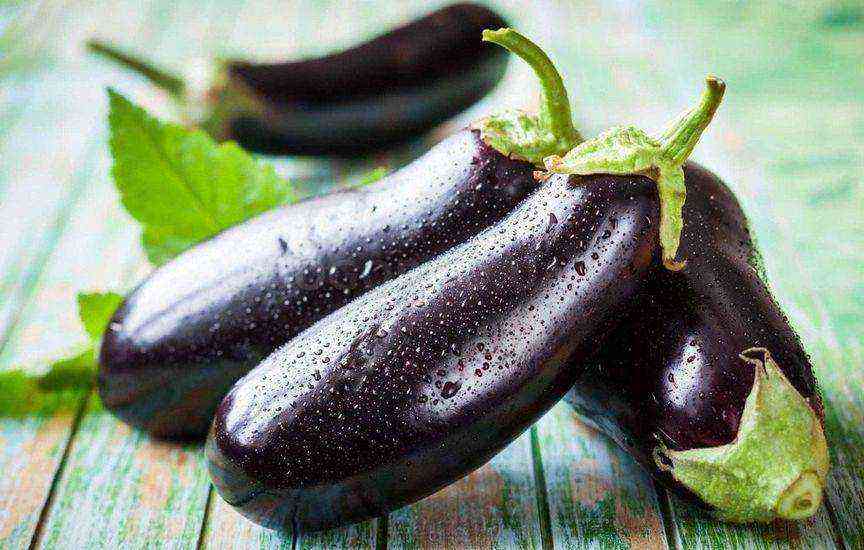The middle of summer is already behind us, which means that frequent rains, cool nights and fogs will soon begin – a favorite environment for late blight, the scourge of vegetable crops (not only tomatoes, but also a number of other plants). Phytophthora can affect, for example, bell peppers, eggplant, cucumbers, zucchini, pumpkin … But what can I say! Even an apple tree, garden strawberries and grapes can suffer from phytophthora. We all know what phytophthora is, and everyone probably has his own secret composition that helps him overcome this infection. In this publication, we will tell you how to avoid phytophthora, how to deal with it with means that are not entirely environmentally friendly, and how to destroy it with folk remedies, that is, safe ones.
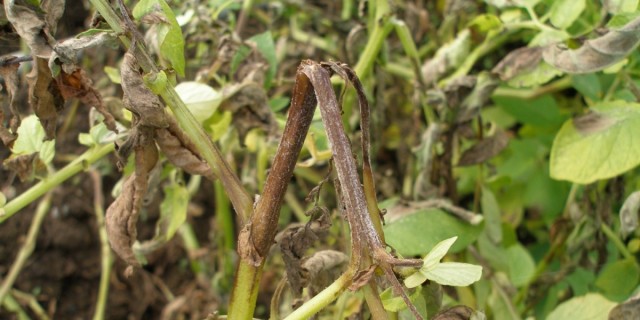
Contents:
Why does phytophthora appear on plants?
Phytophthora, or Fitoftoroz – a disease that occurs as a result of the vital activity of the fungus Phytophthoraliving in the soil. As a rule, late blight affects not only the leaves and stems of plants, but also the fruits, including tubers, if we talk about potatoes.
By the way, it is generally accepted that phytophthora is almost the “main” disease of tomatoes, but meanwhile, potatoes are first affected by phytophthora on the site, and only after a week or two the infection passes to other plants – tomatoes, eggplant, strawberries, etc. d. The spores of the fungus spread with wind, water, when healthy plants come into contact with plant debris of infected ones, healthy fruits can also become infected from unhealthy ones.
Contribute to the development of the fungus:
- High humidity;
- Abundant dew in the morning (which is characteristic of August);
- fogs;
- Sharp fluctuations in day and night temperatures;
- The location of the site in the lowlands.
If at night it is about +10, and in the daytime up to +22 ° С, phytophthora, for sure, will take up your plants. Unless, of course, you do not take care of prevention in time.
Prevention of the appearance of phytophthora on the site
The first thing to consider is the area for planting crops that are prone to phytophthora, you need to choose a leveled one, without stagnation of melt or rain water, cold air. It is necessary to water such plants moderately, only as needed, but also not to let the soil dry out too much, because when phytophthora appears, drought will only contribute to the early maturation of fungal spores and their spread by wind throughout the site.
Tomatoes, potatoes, strawberries, grapes and other plants should be planted at such a distance from each other that they do not shade and do not interfere with the development of the root system and above-ground mass. And in the event of a phytophthora attack on one plant species, so that the distance minimizes the risk of phytophthora transfer to crops of another family. You should also try to keep the ground free of weeds.
When carrying out any operations, inventory must be disinfected when moving from one plant to another. To do this, you need to have a cotton wool soaked in alcohol and a small jar in which this cotton wool will have to be dipped from time to time to wipe the blades of cutting tools, otherwise the infection from a diseased plant can pass to a healthy one.
It is desirable to plant green manure crops on the site, they actively increase the vegetative mass and draw excess water out of the soil, and at the end of the season, green manure crops can simply be mowed and planted into the soil – you will get a good green fertilizer.
Remember that the main source of late blight on the site is the soil itself, because the fungus lives there. Therefore, the main efforts to prevent phytophthora should be directed precisely at the disinfection of the earth. If any plants in the garden were sick with phytophthora, it is clear that the fungus remained in the soil and, if no measures are taken, it will affect the next plantings.
What can be done to disinfect the soil as part of the prevention from phytophthora? Destroy fungal spores with fungicides or biological preparations of a similar effect. It is better if chemical treatment is carried out in the fall, after harvest, or in early spring, so as not to harm the quality of vegetables grown on this soil.
In addition, mulching can be used for prevention. Mulch prevents the penetration of fungal spores from the soil to the plants, as they fall on them along with moist air that rises from the ground. If you cover the soil with a thick layer of mulch in spring, it can become an obstacle to many plant diseases, not only late blight.
Prevention of late blight on tomatoes
By isolating tomatoes from other plants that can infect them with late blight (at least from potatoes), you will already have effective prevention. In addition, tomatoes need careful care and maintenance, which will strengthen the immunity of plants and make them more resistant to the effects of the fungus. Be sure to collect all plant debris in the fall, and in the spring – carefully dig up the area for planting tomatoes.
When growing eggplants and bell peppers, follow the same late blight prevention methods as for tomatoes.
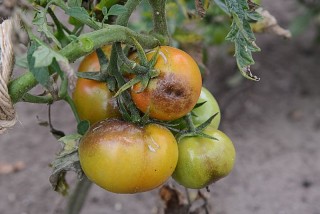
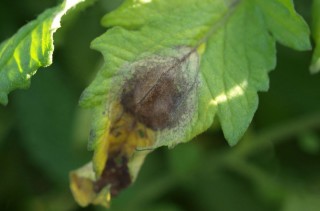
Prevention of late blight on strawberries
Garden strawberries, which we stubbornly call strawberries, are no less susceptible to phytophthora than tomatoes. The main method of prevention is to plant strawberries in areas that are well lit by the sun and ventilated. Be sure to collect ripe berries in a timely manner, remove tops and fallen leaves – in the fall, and in summer – destroy berries and leaves that are still affected by the fungus. To do this, do not forget to carefully inspect the strawberry bushes from time to time.
Mulching helps to reduce the level of moisture in the soil during rainy days, and in fact, where there is high humidity and dampness, there is phytophthora. It is believed that planting onions in rows with strawberries also protect the latter from late blight. Try planting one bulb every four or five bushes. Perhaps this technique will help you protect your strawberry plantings from phytophthora.
Prevention of late blight on potatoes
The selection of potato planting material, in which all affected tubers are culled, allows you to plant only healthy root crops – and this is the key to growing potatoes on a site without late blight. Unless, of course, the site itself for planting potatoes is not infected with a fungus.
Potatoes can be planted on such beds no earlier than in 3-4 years, and all this time green manure from legumes, which are not afraid of late blight and significantly improve the quality of the soil, should be sown on the contaminated land.
They help to protect potatoes from late blight and preventive treatments of planting material – spraying tubers with a special solution with trace elements. It can be either 10 g of copper sulfate and 2 g of boric acid diluted in 10 liters of water, or 10 g of potassium permanganate for the same volume of water.
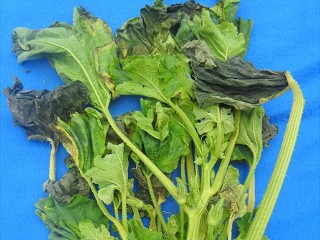
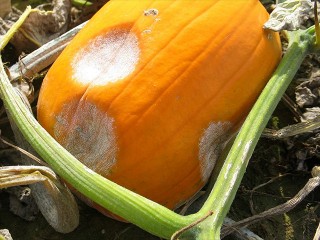
Prevention of late blight on an apple tree
The main measures to prevent fungal infection that causes late blight, apple trees and other fruit trees, are the following agricultural practices:
- Collection and destruction of fallen leaves and fruits;
- Cleaning and covering wounds on the plant with garden pitch, including after sanitary or formative pruning.
Prevention of late blight on grapes
The correct agricultural technology of the culture will also help protect grapes from late blight:
- Providing the plant with all the nutrients;
- Optimum humidity (do not overfill, but do not bring to dryness);
- Sufficient amount of sunlight;
- Removal and destruction of infected plants.
Before laying a new vineyard, do not be too lazy to disinfect the soil from the possible presence of a fungus.
Symptoms of late blight on various crops
In general, with good prevention, the risk of late blight on the site is minimal, but still, it happens that the weather conditions are such that the fungus very easily gets on the plants. And here it is important to understand in a timely manner that this is late blight, in order to quickly eliminate the infected focus, preventing it from spreading throughout the site.
Usually late blight looks like brown or brown spots on the leaves, stems or fruits of plants. If the lesion is extensive, the fruits become rough to the touch, and the leaves dry out and crumble.
Phytophthora on tomatoes
Phytophthora on tomatoes first appears as dark brown wet spots on stems and leaves. At the same time, as a rule, when it is damp, the underside of the leaves is covered with a white bloom. Soon the spots appear on the tomatoes themselves, later the whole fruit becomes affected and unfit for consumption.
The fungus is easily transmitted from a diseased vegetable to a healthy one, so all the affected parts of the plants and their fruits must be plucked and destroyed (tomato fruits, only slightly affected by the fungus, can be put on ripening and eaten fresh, but they should not be preserved).


Phytophthora on peppers and eggplants
On these crops, late blight manifests itself in the same way as on tomatoes. In addition, very often even eggplant and pepper seedlings die from the effects of the fungus. To prevent this, you need to treat them with fungicides in time.
Phytophthora on potatoes
Phytophthora is especially often manifested on potatoes during its flowering period. First, spots appear on the lower leaves, then on the upper ones. They grow quickly, and if you do not intervene in time, the plant may die – the green mass of the potato will wither, turn black and completely dry.
Root crops are also affected by late blight. At first, grayish spots with sharp borders appear on them, then they turn brown and harden, looking as if they were depressed. With the development of the disease, spots cover the entire surface of the fruit, and if it is cut in half, you can see rusty areas on the periphery of the potato, which narrow towards the center.
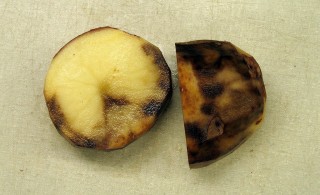
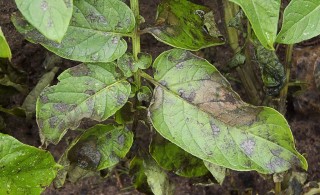
Phytophthora on garden strawberries
When strawberry is affected by a fungus, its berries, leaves, flowers, and even mustaches suffer. The flowers acquire red spots, the leaves and stems turn brown and dry. On still green berries, you can see brown spots with light edges. They dry up before they mature. As a rule, phytophthora on strawberries appears in the second half of June.
Phytophthora on an apple tree
The appearance of late blight on an apple tree is almost a death sentence. The fact is that the fungus, first of all, affects the root neck of the tree. The fabric in this place becomes purple-blue, the bark of the tree cracks, a rotting core of a dark brown color is exposed.
Theoretically, such a tree can be treated, but it is easier to prevent phytophthora on the apple tree (we wrote about prevention above). Most often, trees with late blight are uprooted to prevent the spread of the disease throughout the site.
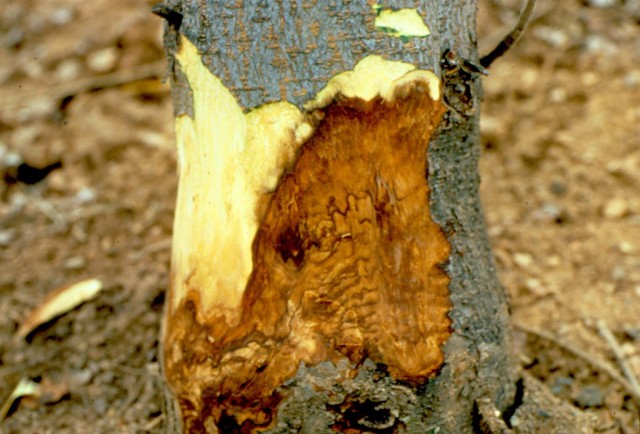
Phytophthora on grapes
Late blight is just as dangerous for grapes as it is for apple trees. Initially, the roots are affected by the fungus, which leads to their decay, then ulcers and cracks appear, flowing with juice, on the trunk. If the disease is not stopped, the color of the grape leaves changes, they become smaller and fall off, the fruits rot, and soon the plant dies.
Methods of combating late blight
If leaves, stems or fruits affected by late blight are found on the site, they must be immediately removed and destroyed, and the plants and soil should be immediately treated with anti-late blight agents.
Chemical preparations against phytophthora
But if phytophthora nevertheless appeared on your site, then you most likely cannot do without the use of chemicals. But first you need to collect all the fruits, until the phytophthora has reached them, and try to finish them (this is if we are talking about tomatoes).
As for other cultures, one cannot do without the use of chemistry or folk remedies. Let’s say potatoes – it will not be possible to remove them from the soil ahead of time, so appropriate treatments must be carried out.
As for chemicals, when the first signs of phytophthora appear, fungicides can be used, strictly following the instructions on the package and be sure to wear protective clothing. Carry out all treatments in the evening, if you carry out treatments during the day, then burns may appear on the leaves of plants.
Biological products against phytophthora
In addition to chemicals, it is quite possible to use biological preparations. They contain bacteria in a dormant state, but as soon as they come into contact with water, they are activated and begin to work.
Of course, biological preparations are considered less effective in the fight against phytophthora, because the strength of their impact is much lower, and they are washed off by rain and irrigation water, often not having time to act, so they have to be treated more often than with chemicals, that is, fungicides . But they are safe for humans and the environment.
Folk remedies for fighting phytophthora
Kefir and milk against phytophthora
Apply treatment with kefir and whey in the amount of one liter of both in solution in a bucket of water. To the resulting composition for greater effect, you can add half a glass of sugar. Such treatments can be carried out in the evening every week, but only after flowering has ended and ovaries appear.
The fact is that lactic bacteria, more precisely, sour-milk fungus, literally kills the infection by completely suppressing the development of the phytophthora fungus. If the solution was kept on the branches for several days, then the result will be very good.
Iodine and boron against phytophthora
A mixture of iodine, boron and dairy products has a very strong antimicrobial effect. There are a lot of options for preparing plant treatment products from these ingredients. For example, you need to take half a bucket of water, pour a liter of milk into it and drop 25 drops of ordinary iodine – this composition can be used to treat plants affected by phytophthora at least every day until the disease is completely defeated.
Or here’s another composition: pour a couple of liters of whey into six liters of water, add 200 grams of ordinary sugar and drop 20 drops of ordinary iodine – such treatments can be carried out literally every day until late blight is completely destroyed.
The following recipe: take seven liters of water and mix well with one liter of whey, adding 40 drops of iodine and a tablespoon of hydrogen peroxide to the composition. This composition is also safe, and when spraying plants in the evening, it is quite possible to defeat late blight.
Boron against phytophthora
Such a drug can really overcome phytophthora, for this you need only 7-8 g of boric acid to be diluted in a bucket of water heated to room temperature and treat the above-ground mass of the affected plants. If you want the effect to be maximum, then drop 25-35 drops of iodine into the composition.
If the phytophthora fails to win in any way, then heavy artillery can be used – boil half a bucket of water and pour half a kilo of wood ash directly into boiling water, then let the composition cool to room temperature, add 8-9 g of boric acid and 7-8 ml to the composition iodine and leave the mixture alone for a day. Before use, the mixture must be diluted with water ten times and the entire above-ground mass of plants should be sprayed as carefully as possible. Important – before using this remedy, the areas affected by phytophthora should be removed.
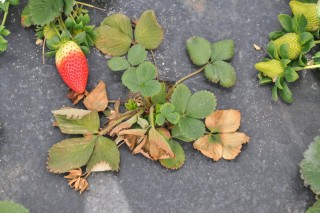
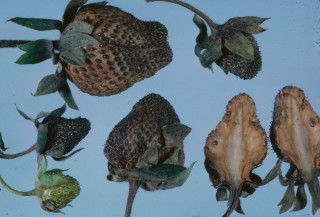
Solutions with ash against phytophthora
It’s no secret that wood ash, in addition to 5% potassium, also contains a large number of trace elements that are simply necessary for the normal life of a tomato and to increase its immunity.
To prepare a mixture that can be sprayed on plants, you need to dilute about 2,5 kg of ash in a bucket of water and let it brew for a couple of days, stirring the mixture every day. When the solution is ready, it will be necessary to add a piece of laundry soap as an adhesive, bring the volume of this solution to 40 liters and spray daily until the infection has completely disappeared.
If late blight does not appear, then this composition can also be used as a prophylaxis. Then plants can be treated with it no more than three times during the growing season, usually immediately after planting seedlings, then at the very beginning of flowering and immediately after the formation of ovaries.
Yeast against phytophthora
A yeast composition is prepared by diluting about 100 g of fresh yeast in a bucket of water and watering the plants with this composition as soon as flowering ends and buds begin to form.
Garlic tincture against phytophthora
Everything will be used – both the aerial part of garlic plants and cloves. You need about one and a half cups of garlic to grind as best as possible, add to a bucket of water, close the lid, let stand for a day, then strain through three layers of gauze, drip just a couple of drops of potassium permanganate and treat the plants with this composition every two weeks, as soon as the ovaries begin to form, let even very small ones.
Important: processing with this composition should be carried out as carefully as possible and for each tomato bush, for example, spend at least half a liter of infusion.
Copper against phytophthora
Even schoolchildren probably know about the use of copper to protect against phytophthora: as soon as the stem grows so much that it is possible to pass the thinnest copper wire four centimeters long through it, then this must be done. You need to pierce the stem in the lower part, first sharpening a part of the wire like a needle, disinfecting both the wire and the barrel with alcohol.
In order not to inadvertently get hurt, the ends of the wire can be bent towards the soil after piercing the trunk. Usually this procedure is carried out early in the morning, when the stem is in turgor.
Mushroom tinder fungus against phytophthora
In the fight against phytophthora, it seems that they use anything, so the tinder fungus has found its place. Of course, they do not use the parts of the fungus themselves, applying to the sore spot or rubbing them on the areas affected by late blight, but preparing the infusion, first drying the mushroom. Then they are crushed with a sharp knife or even in a coffee grinder, after which 90-120 g of the mushroom is poured with a liter of boiling water and allowed to stand until the water temperature is equal to room temperature. It remains to strain the solution well through a couple of layers of gauze and water the affected plant from the spray gun, starting from its upper part and going down.
By the way, it is desirable to carry out the very first treatment for tomatoes during the period when the first ovaries appear, the remaining treatments – once every 12-14 days (especially carefully if the effect of phytophthora on plants has increased).
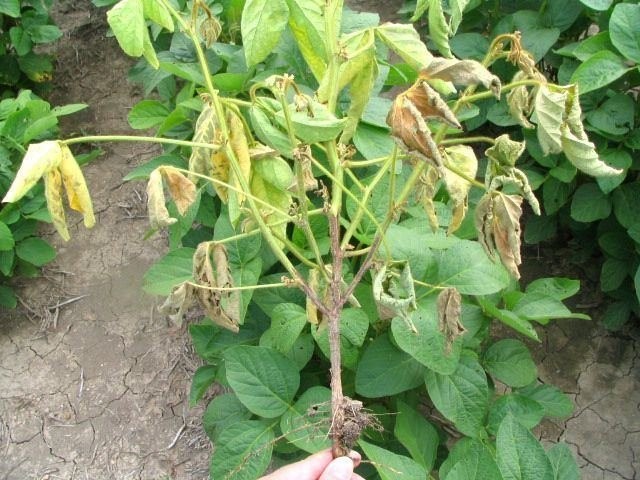
Horsetail against phytophthora
Of the quite affordable natural remedies, a decoction of horsetail helps against phytophthora. Gardeners are sure that such a decoction significantly raises the immunity of plants. All you need to do is put 120 g of fresh horsetail, which grows in abundance on acidic soils, into a liter of water, preferably soft, and cook for half an hour over low heat. Further, the resulting broth must be diluted five times with water and you can safely process the plants with it, until the phytophthora completely disappear.
Conclusion. So, we see that it is better to prevent both any disease and phytophthora than to treat it for a long time, and therefore – do not thicken the plantings, use crop rotation, do not plant plants in low places and depressions, water moderately, and with an abundance of rain, loosen more often soil. And, of course, use folk remedies for prevention and control. Then phytophthora will definitely bypass your site.

